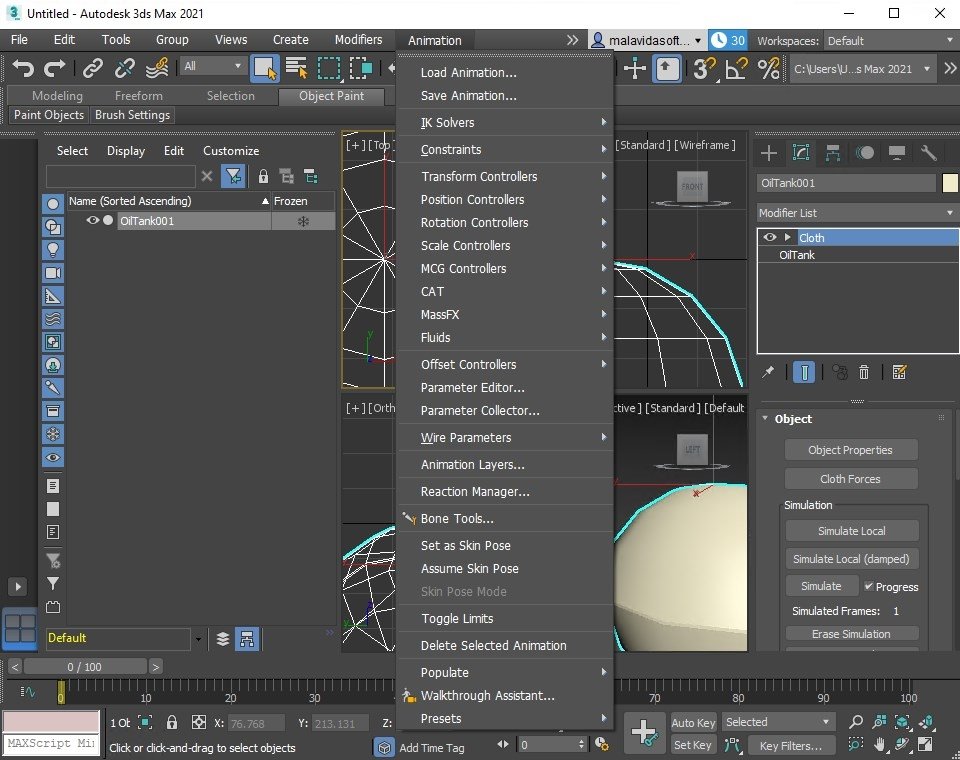
You also have a Timeline so you can do animation and change the key frames and work with the drafts and all kinds of stuff. Now, it's not as powerful as Final Cut Pro or Premier Pro, but you can still edit within the application. You can do all kinds of things with audio such as you can listen to your audio, you can have it linked to video, you can also do editing in Combustion, believe it or not. The backdrop was created in Photoshop and these were all brought into Combustion to create a finished composite. These pictures of trees were taken from a royalty-free website. For example, the log cabin was built in Maya. Combustion is also good for letting you work with real-world camera lenses, field of view, working with 3D applications such as LightWave and Maya and bringing in those types of files so you can add other effects to them. We have some letters animating and as we get closer to this creepy cabin and by the time we're done we're going to have a complete composite. So let me just show you that outcome of this project that we're going to build and I'll play it and you see that the moon is moving up a little bit. And these are just pictures of grass and trees that we arrange in 3D space. And we have this backdrop here that I created in Photoshop. And we're going to take some flat art, as you see here, which is the trees, we're going to take the picture of the moon and we're going to put a glow around it and actually it's a 3D model that I created a flat piece of artwork that we're going to make look like real moon with a nice glow. And, by the way, the scene you're looking at is what we're going to make in the later part of the tutorial.

It has cameras, it has lights, it has shadows, reflections and on and on. Combustion is a very versatile application and it's really hard to give it an exact category because it can do animation, it can do color correction, it can animate text, it can create vector graphics.


 0 kommentar(er)
0 kommentar(er)
